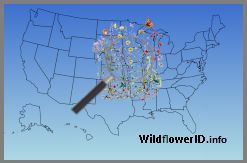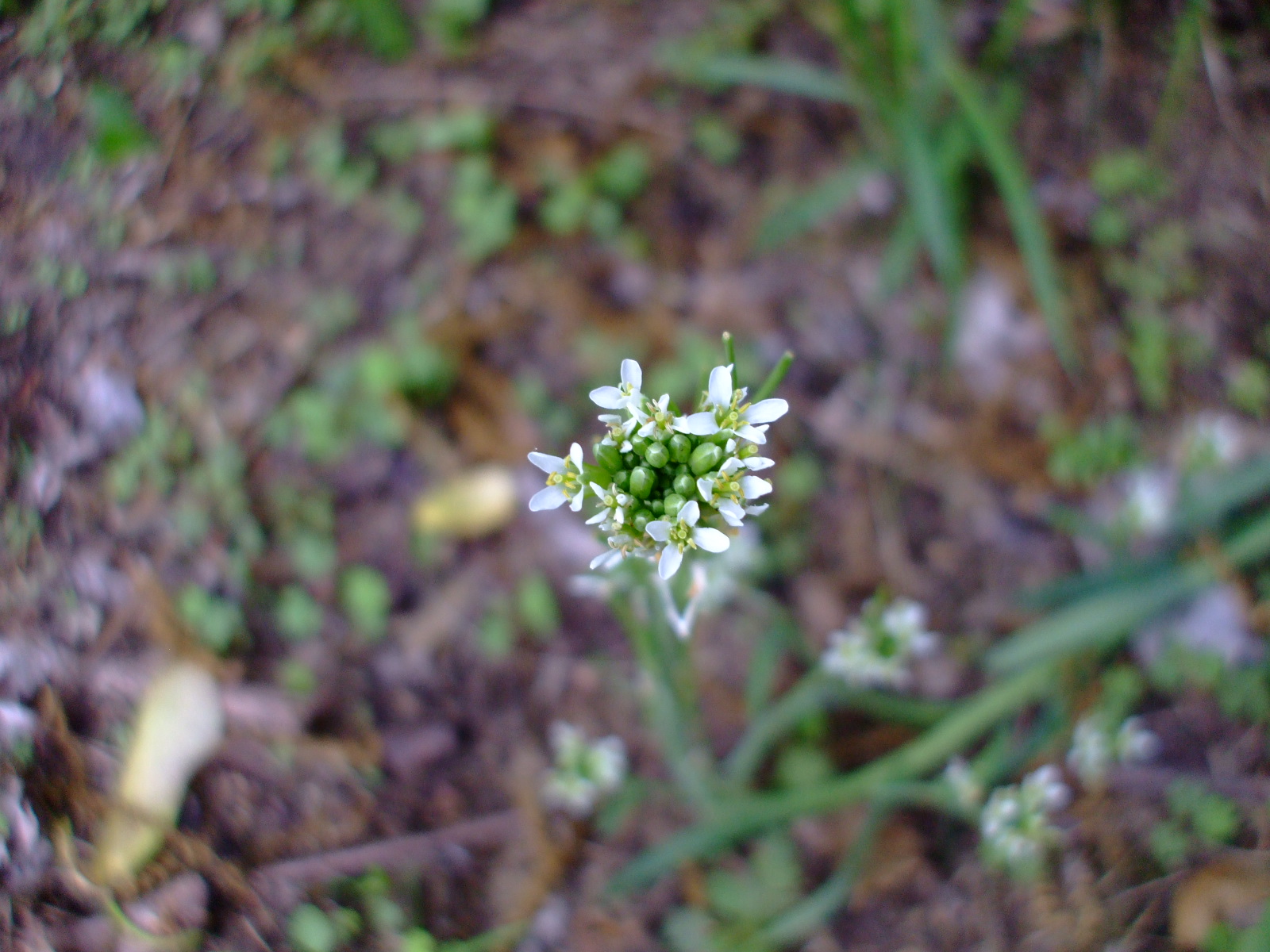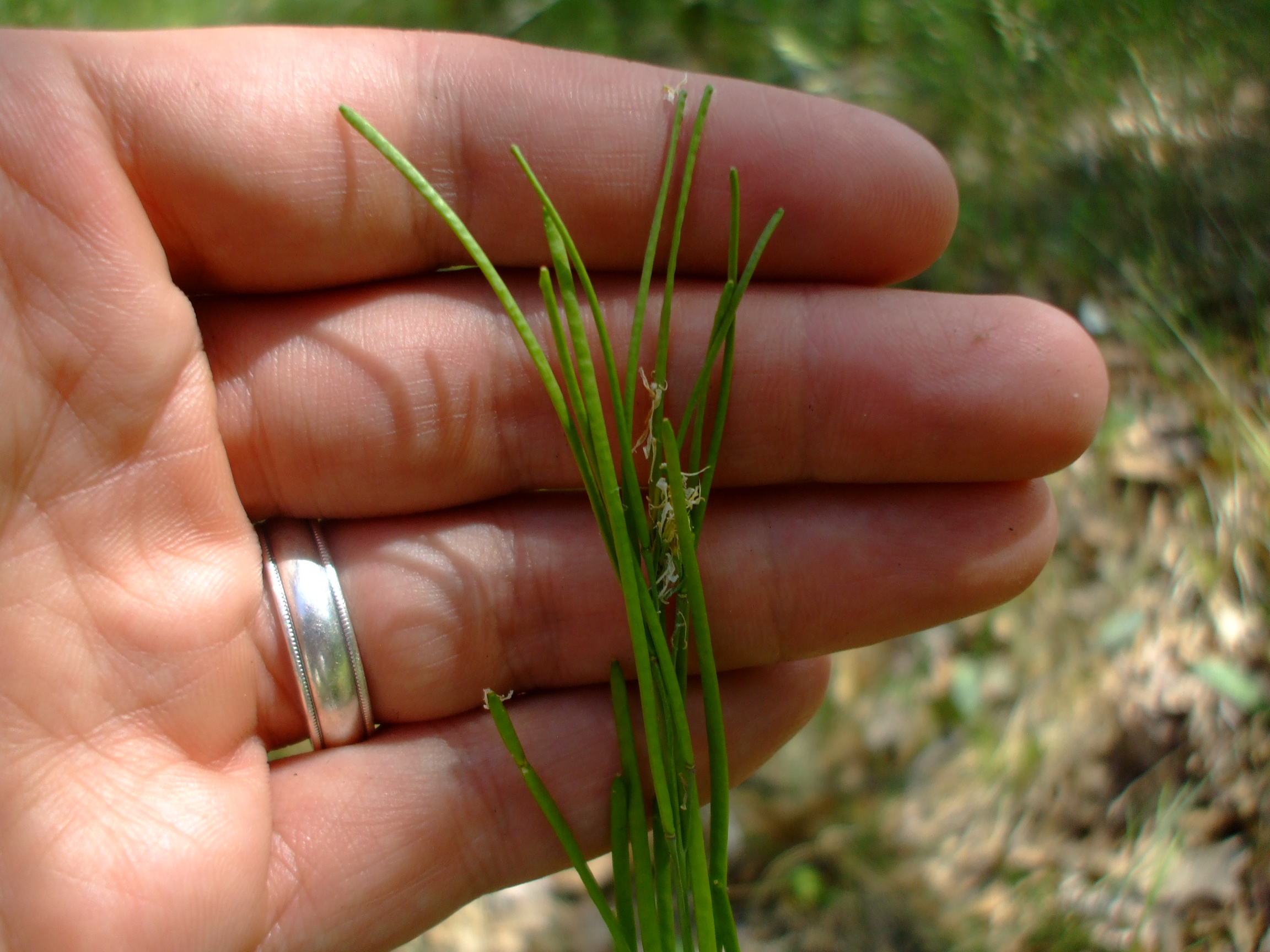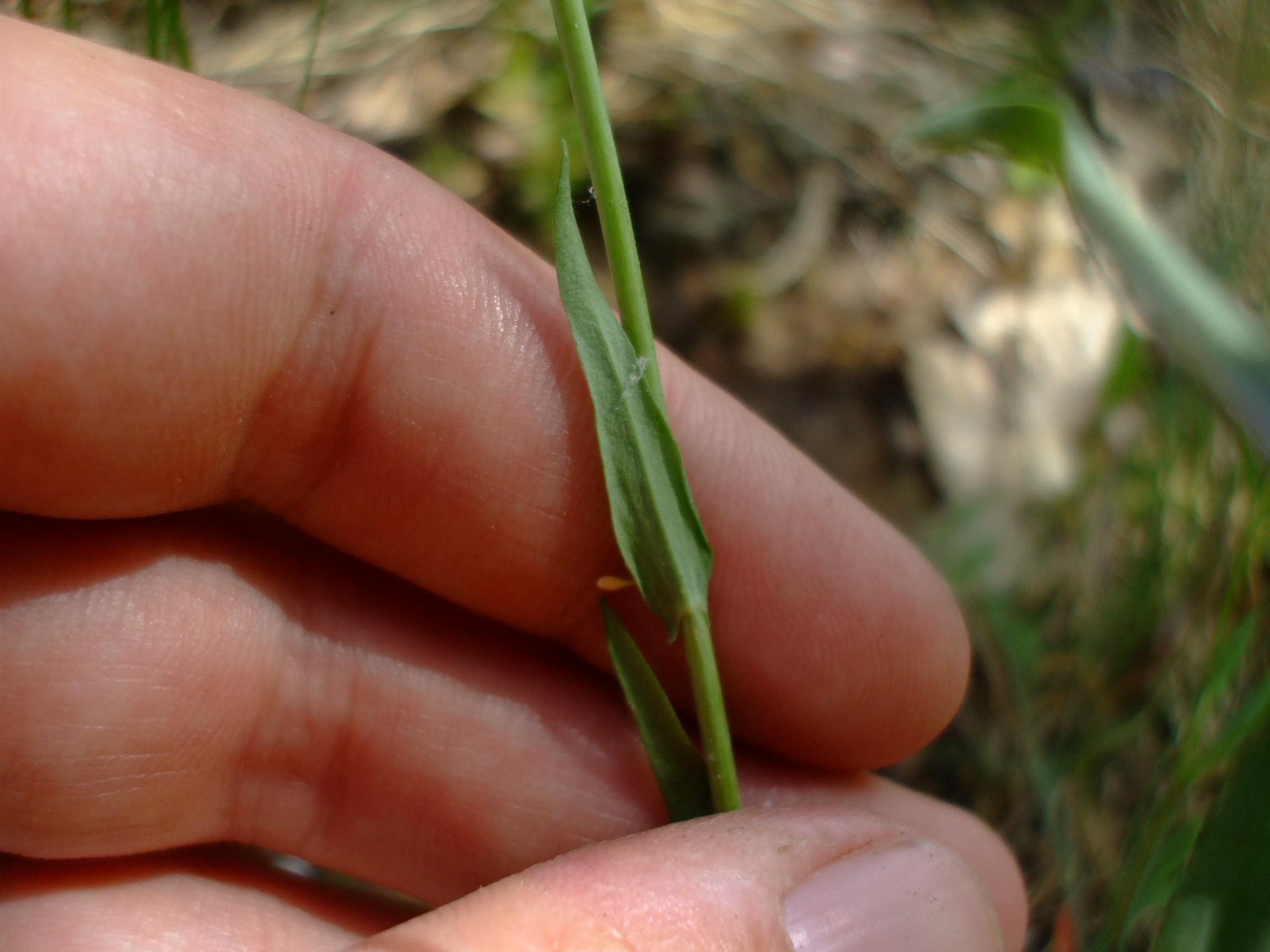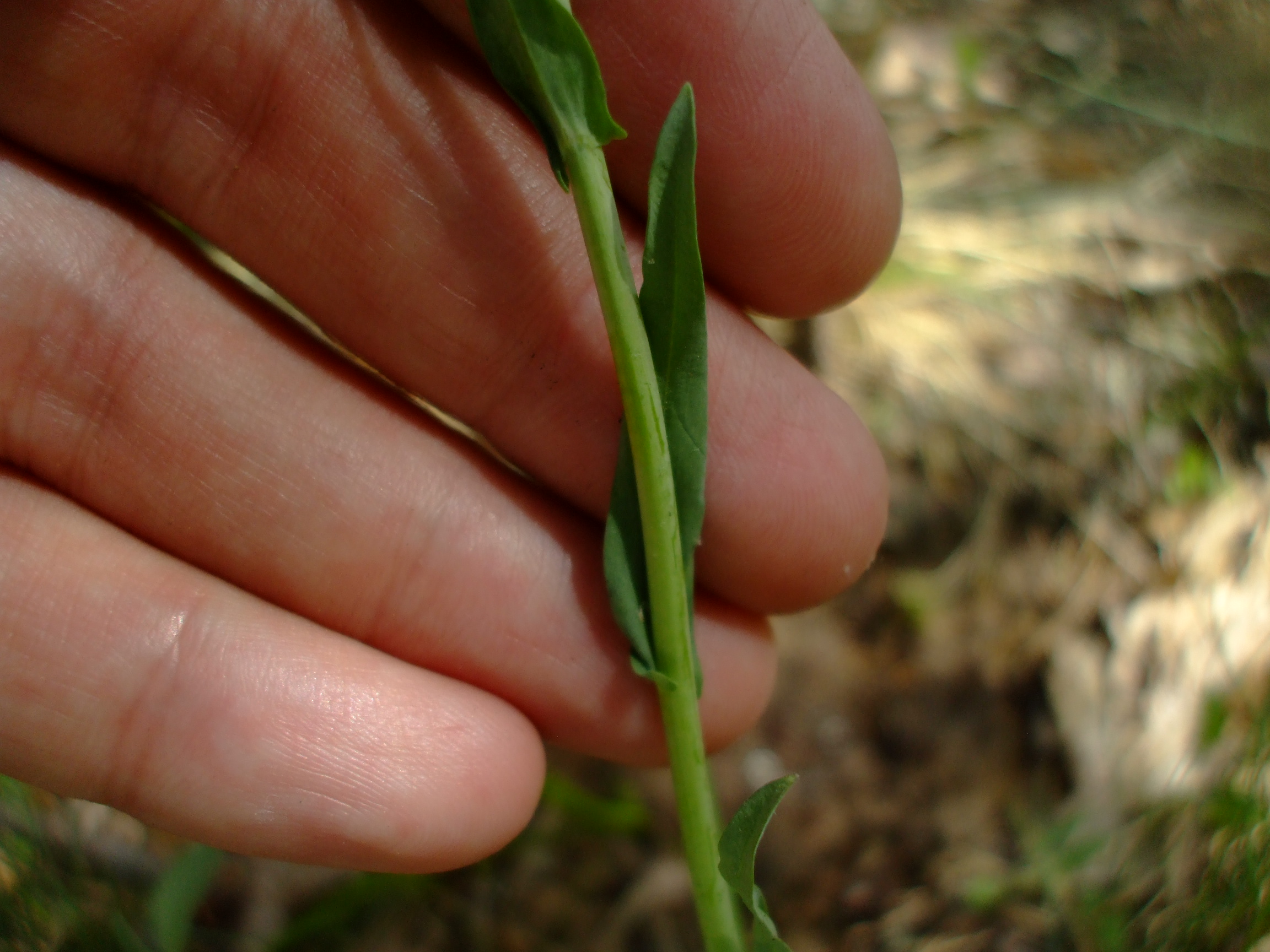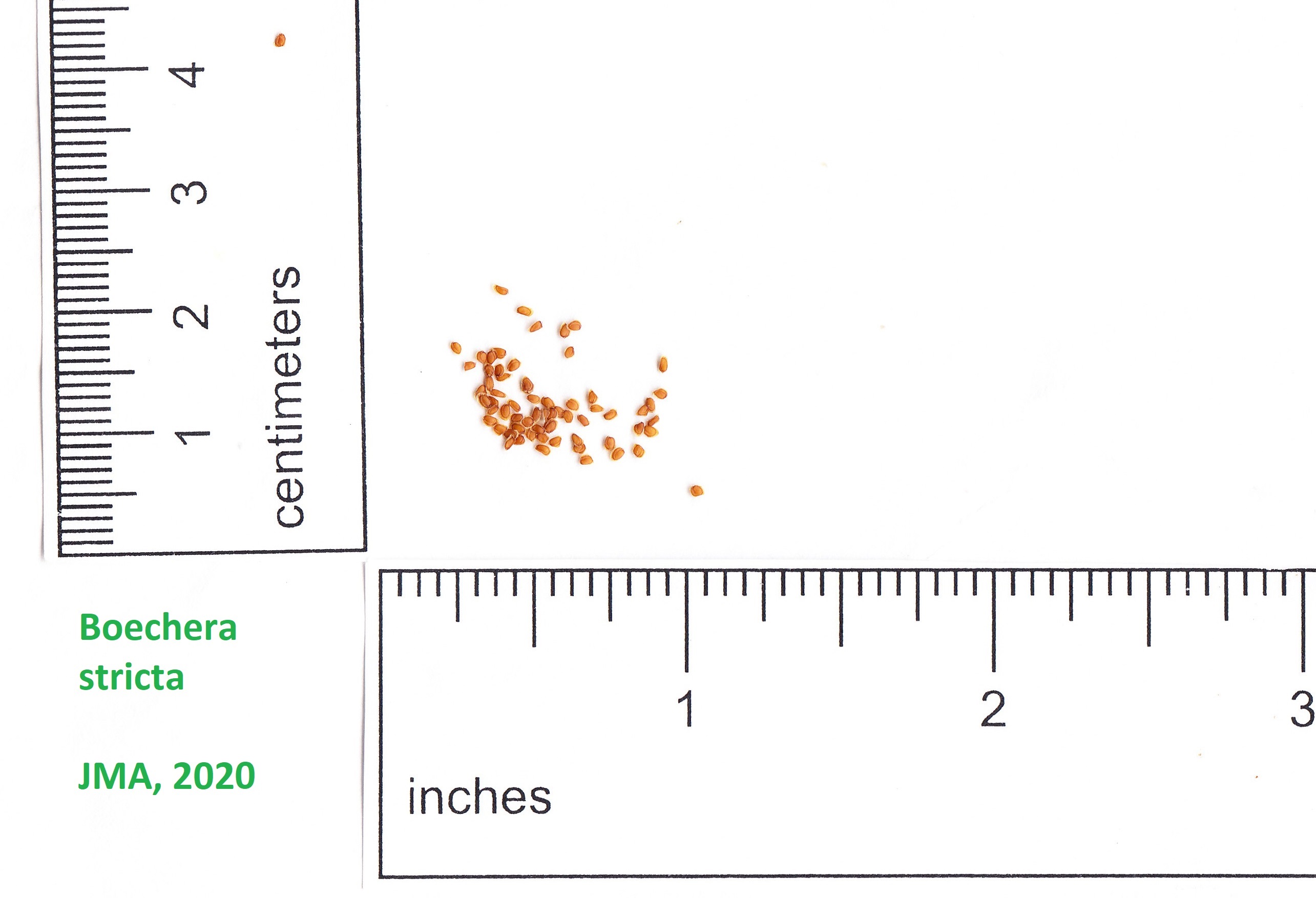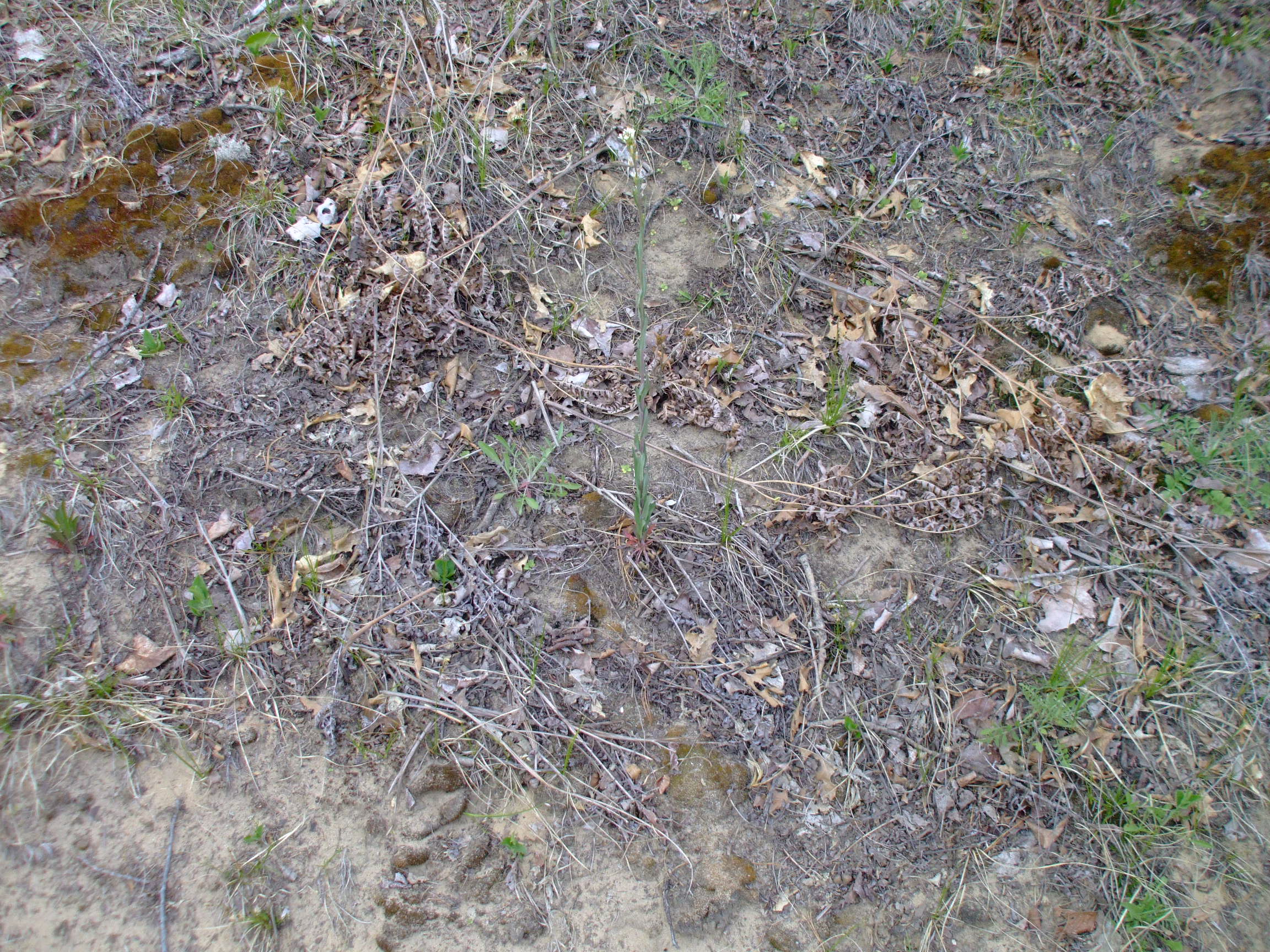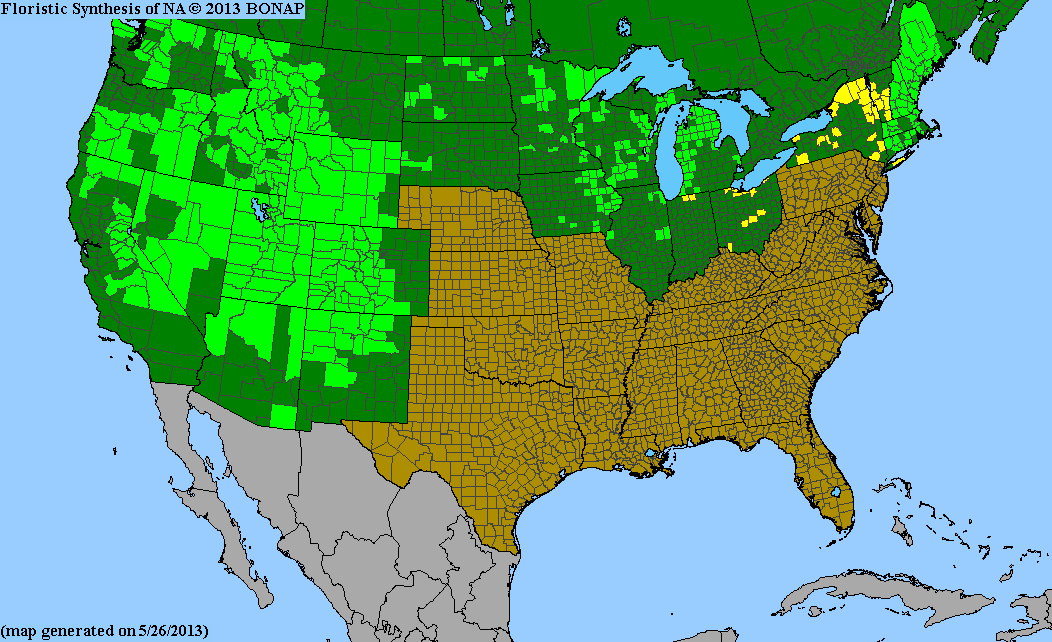Boechera stricta
(Drummond's Rock Cress)
Other pictures of this plant:
Facts About this Plant:
- Common Names: Drummond's Rock Cress, Canada Rockcress
- Synonyms: Arabis brachycarpa, Arabis confinis, Arabis connexa, Arabis drummondii, Arabis oxyphylla, Boechera angustifolia, Boechera brachycarpa, Boechera drummondii, Erysimum drummondii, Turritis drummondii
- Lifespan: Biennial
- Zones: 3 - 8
- Type: Forb
- Bloom Time: May - July
- Status: Native
Boechera stricta, or Drummond's Rock Cress, is native to the western United States, as well as most of the northeastern quarter. It is a biennial that grows in dry fields, openings, clear cuts, along woodland edges and in open, sandy woods. It blooms in mid to late spring, with bright white flowers.
This plant looks very similar to other members in the mustard family. There have been a number of reclassifications, resulting in confusing names and synonyms. The genuses of Arabis, Boechera, Borodinia and Turritis are the most similar species. The following guide can help with the most similar species to Boechera stricta:
Arabis glabra: is biennial; has waxy stem; leaves are alternate and clasp around the stem; seed pods stand upright; is often over 3 feet tall; has almost aqua colored leaves; leaves are hairless and smooth
Arabis laevigata: is biennial; has waxy stem; leaves are alternate and clasp around the stem; seed pods droop downward; is about 18 to 24 inches tall; leaves are hairless and smooth; petals are small and barely reach past the sepals
Boechera canadensis: has hairy stems and leaves; seed pods dropp down from the stem
Boechera dentata: has hairy stems and leaves; seed pods go upwards
Boechera missouriensis: has very toothed leaves on the lower stem leaves
Boechera stricta: upper part of plant smooth with waxy covering; leaves have lobes on the bottom and do not clasp stem; fruit stands up, and usually close to the stem
More information on other species will be posted later on telling them apart. This is a difficult set of species to tell apart.
Back to The Plants.
Back to A-Z Listing.
